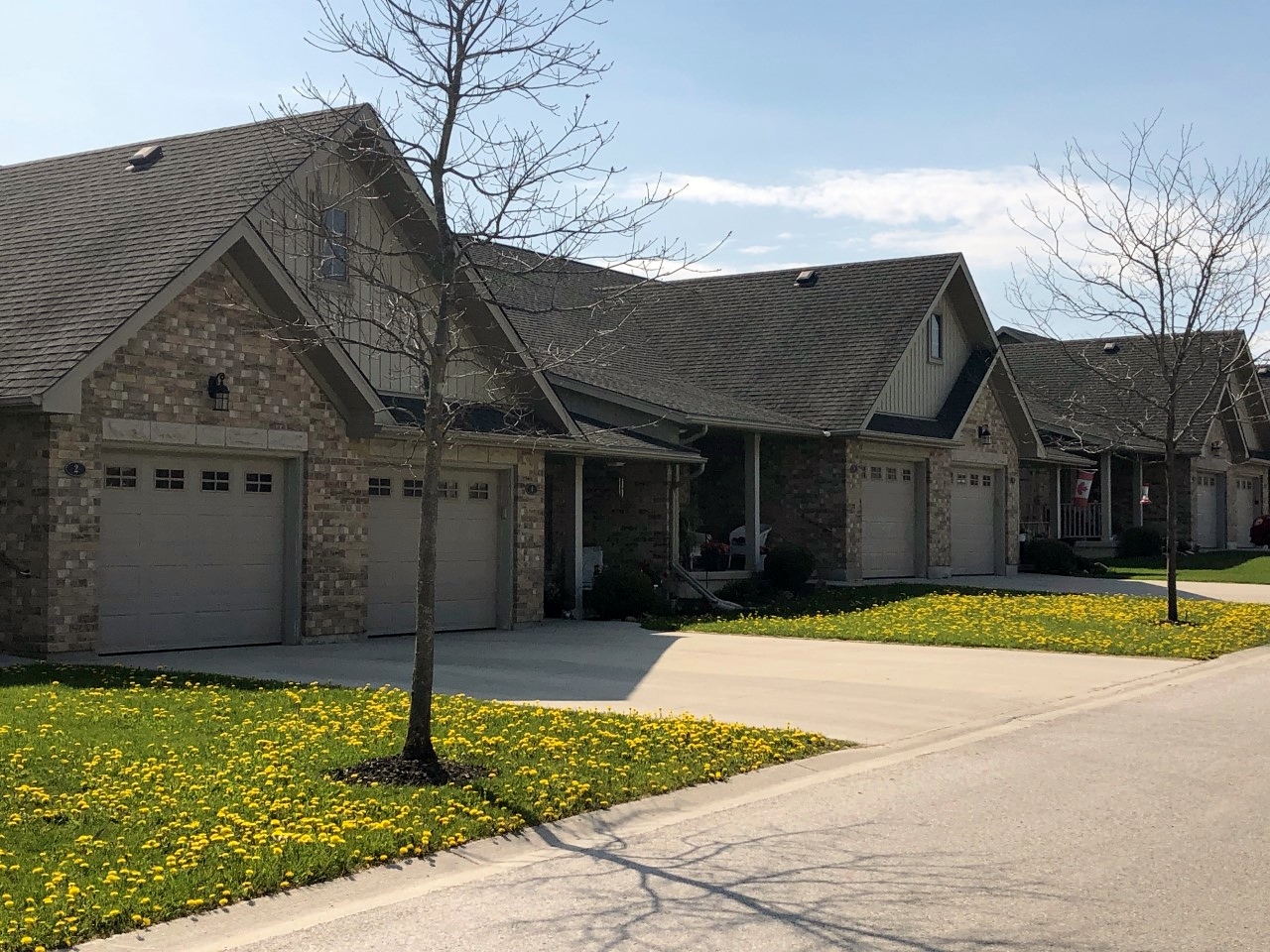WELLINGTON COUNTY – County council has approved a planning committee recommendation to request an adjustment to population intensification targets set for this area by the province.
Following a May 13 presentation of a report on alternative density targets, part of the county’s ongoing official plan review, the committee recommended a request be made to the Minister of Municipal Affairs and Housing to approve an alternative intensification target of 15 per cent for Wellington County.
“The current county official plan has an intensification target that requires at least 20% of all new residential units to be within built-up areas of Wellington’s urban centres annually over the 2022 to 2051 period,” explained county manager of planning and development Sarah Wilhelm in the report.
“According to the Growth Plan (2020 consolidation), Wellington County is to maintain or improve upon this target, but may request a lower target.”
There are 12 urban centres in Wellington County with built-up areas: Fergus and Elora/Salem in Centre Wellington; Erin village and Hillsburgh in Erin; Rockwood in Guelph/Eramosa; Drayton and Moorefield in Mapleton; Clifford, Harriston and Palmerston in Minto; and Arthur and Mount Forest in Wellington North.
Aberfoyle and Morriston in Puslinch are designated urban areas under the official plan, but they do not have a delineated built-up area and don’t factor into the calculation.
County consultants Watson and Associates Economists determined that between 2016 and 2019 the county has generally achieved the minimum 20% intensification target, but at differing rates across each municipality.
“The communities in Wellington are diverse and are not equally able to accommodate intensification at the same rate,” the report notes.
A draft housing forecast to 2051 within the built-up areas shows the intensification rate is expected to be below 20% over the forecast period for Erin, Mapleton and Minto.
That puts pressure on faster-growing municipalities like Centre Wellington to exceed the target in order to compensate.
“This is a very difficult target for most of the urban areas of the county and the committee agreed our request be forwarded to the province to change that from 20% to 15%,” explained planning committee chair councillor Allan Alls at the May 27 county council meeting.
Councillor Mary Lloyd said the reduction in the intensification target “is very important” to county municipalities.
“I’m sure many of you have heard from residents that we’re going too fast and things are… changing too quickly in our neighbourhoods,” said Lloyd.
“And being proactive and requesting that lowering of the intensification is a very important act by our organization and I think we need to continue to lobby in that way. Growth for growth’s sake, is not necessarily always good.”
Councillor Andy Lennox said that while he supports the reduction in targets to account for variances in the makeup of local municipalities, he feels council must be mindful of any impact on housing affordability.
“I recognize that the county is a very diverse place, and meeting some of these intensification targets is more difficult in some places than others,” said Lennox.
“But I think there’s a really important feature that we need to be thinking about as well and that is surrounding the affordability of housing.”
Lennox said land costs are major drivers of housing affordability, “and so intensification becomes an avenue to help deliver more affordable types of housing … which our residents are clamouring for.”
He continued, “I hear stories constantly about … how people who grew up in the community can no longer even consider buying a home in the community that they live in. And … I really am concerned about the message we send, when we say we can’t meet the 20% intensification target.
“Because I think what we’re saying indirectly is that … we want more single-family, single-detached homes, which are getting into the unaffordable range for many, many of our community members.”
Lennox concluded, “So I am supportive of the proposal, insofar as I recognize that the county is a very diverse place, but I think we really need to remain focused on trying to find ways to deliver as affordable of housing through the private sector as possible and intensification is one of those avenues that’s available to us.”
Councillor Doug Breen said, “There’s always sort of these cross purposes of people who are concerned about housing being unaffordable and at the same time not wanting any more housing to be built.”
He added, “Basic supply and demand economics dictate that the only way to keep housing down is to have more of it … we kind of kind of can’t have it both ways. So I think probably, 15% is a reasonable target for rural areas, probably 20 was too high,” said Breen.
However, Breen added, “We can’t always say no and then complain when we don’t have any (affordable housing).”
Councillor Diane Ballantyne encouraged member municipalities to look at their bylaws with regard to yard size and setback, “as they really are barriers to being able to use the existing land to increase our densification.”
She added, “That’s something that individual municipalities really do have power over, so we can increase building in our communities.”
The planning report, containing the recommendation to request the density target reduction, was approved unopposed.




